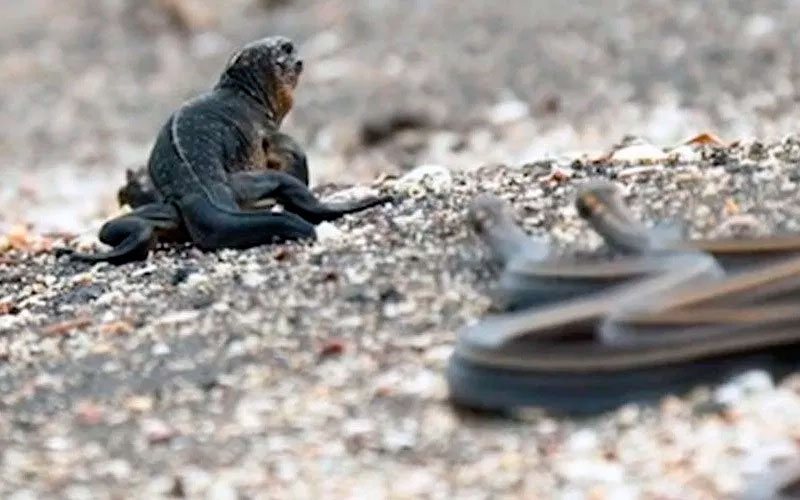
One of the giant tortoises’ most impressive adaptations that allowed them to survive the islands’ harsh conditions-the ability to survive without water or food for up to a year-also led to their downfall. In an ironic turn of events, what once kept the tortoises from extinction played a significant role in the eventual extinction of 4 species. Meanwhile, hybrid Pinta Island tortoises discovered also give some hope to the continuance of Lonesome George’s family. More than 550 tortoises have already been repatriated to Pinzón and over 1,700 to Española. This initiative has made incredible efforts with their tortoise breeding programs, repatriation programs, alien species eradication programs, and more. In order to combat this devastation, the Galápagos National Park Directorate, the Charles Darwin Foundation, and international scientists have gathered together for the Giant Tortoise Restoration Initiative. With Lonesome George’s death at over 100 years old, the Pinta Island tortoises went extinct. Though the Galapagos National Park attempted to find George a mate and save the species, their efforts ultimately failed. Perhaps the most prominent loss of a Galapagos giant tortoise species was the loss of Lonesome George, a Pinta Island subspecies who was brought to the Charles Darwin Research Station in 1971 and survived until 2012. Only about 20-25,000 giant tortoises are alive today. Even when humans weren’t delivering the killing blows or abducting them from their island homes, feral populations of pigs, dogs, cats, goats, rats, and cattle have decimated much of their food supply as well of their eggs.

Over the course of the 17 th, 18 th, and 19 th centuries, an estimated 100,000 tortoises were killed by visiting merchants, pirates, and whalers. Currently, only 11 different species survive. When Darwin first breached the shores of the Galapagos, he found 14 different species of giant tortoises living throughout the archipelago. Walk among these leisurely giants on our Galapagos Island Vacation. It’s also quite handy that they can’t fall on you.

With some tortoises reaching over 5 feet in length and growing to reach up to 700 pounds, it’s hardly surprising that they’re the largest tortoises in the world. Galapagos giant tortoises are aptly named as they are indeed rather giant. So beloved that the islands were named after the lumbering creatures the Spanish word galapago translates to “saddle,” a term the early explorers applied to the tortoises upon seeing their shells. Of all the fauna the Galapagos offers, the archipelago’s giant tortoises are perhaps the most recognizable and the most beloved.

In a world of incredibly unique, stunning fauna, it says something when you’re the most famous of the lot.


 0 kommentar(er)
0 kommentar(er)
